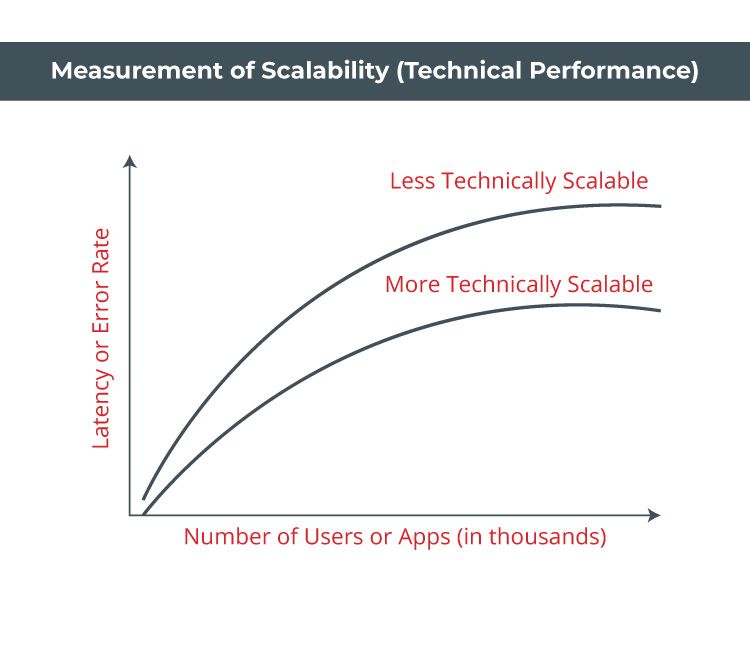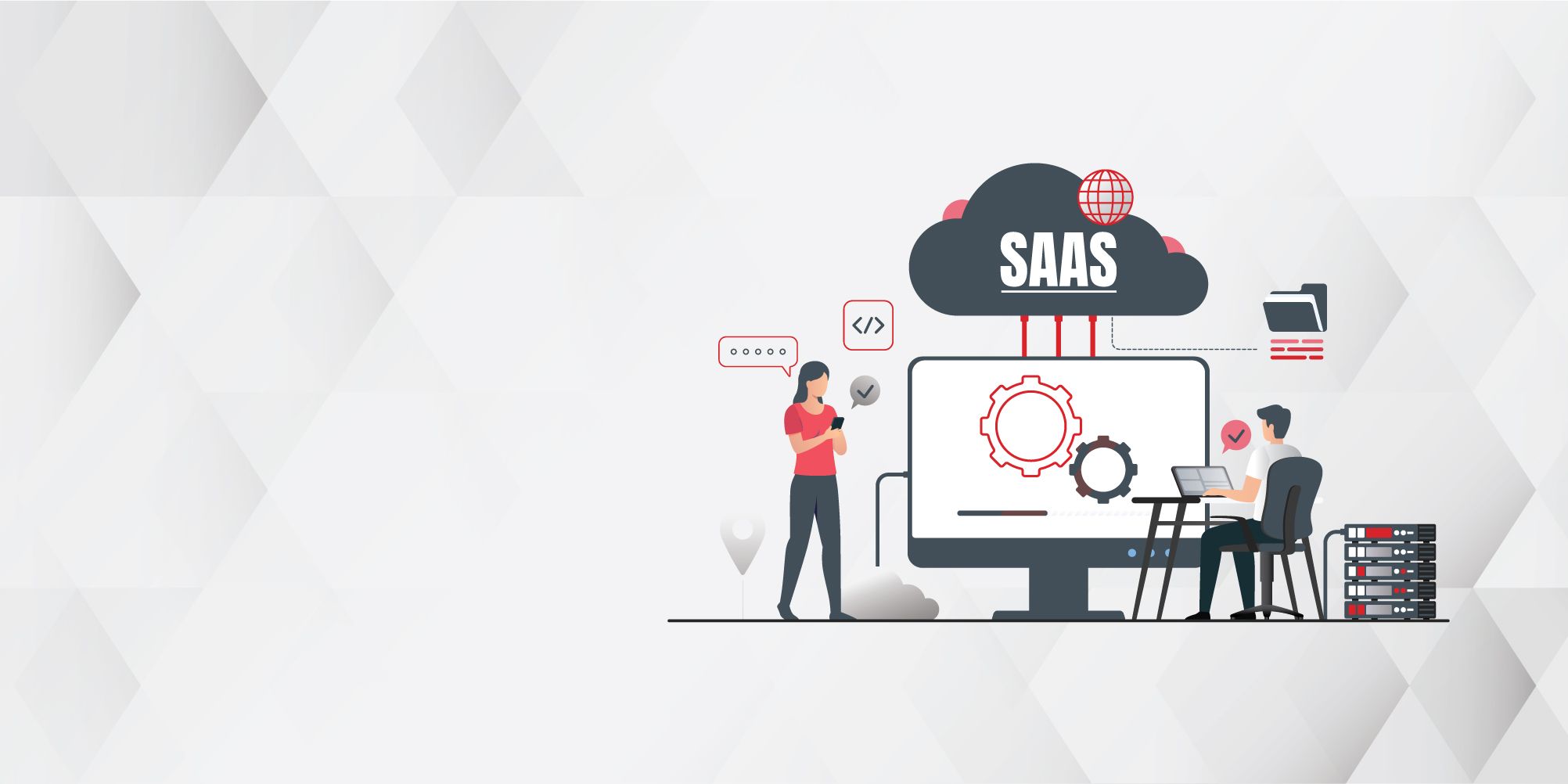How to Develop Scalable SaaS Products – SaaS Blog
As a SaaS company, you know that your product(s) needs to be scalable to handle the increasing customer demand. But what does it mean for a product to be truly scalable, and how can you go about designing and building one?
This blog post will outline seven best practices for developing scalable SaaS products. Following these guidelines will help you create a product capable of handling large amounts of traffic and data without any hiccups.
Do You Understand Scalability?
If you ask most developers the meaning of scalability, they will likely give you a textbook definition. But, unfortunately, not all developers understand what scalability really means. For example, simply because your cloud computing platform is scalable doesn’t automatically mean that your product is. For example, if you have a global market, you must build your SaaS application to cater to users from different countries.
A scalable product automatically scales vertically by adding more computing resources to a single instance to support more users. On the other hand, you can also design a horizontally scalable application that can operate across multiple instances to support a larger number of users.

Image source: ScienceDirect.com
Your product needs to be able to handle high traffic and data rates without any problems, and it must support this requirement by working across multiple instances either on a single server or multiple servers. This is what scalability means.
You can ensure your product is scalable by following these seven best practices.
Best Practice #1: Define Your SaaS Scalability Requirements
The first step is to understand your specific scalability requirements. What are the goals you want to achieve? For example, do you want to support a million users or more?
To answer this question, start by understanding your target audience and market. Once you know your target customers and where they’re located, determine how much traffic your product will need to handle during peak periods. Doing this will give you a good idea of the minimum resources (computing power, storage, bandwidth, and more) required to support your user base.
Next, think about what would happen if your product went viral and was featured on popular news sites or social media platforms. How much traffic would that generate? Would your product be able to handle it without any problems?
It’s important to have a clear understanding of your scalability requirements before you start planning and building your product. This will ensure that your application can handle the amount of traffic and data it’s expected to receive.
Best Practice #2:Choose the Right Application Architecture
The next step is to choose an architecture for your application. There are two main types of architectures: monolithic and microservices.
A monolithic architecture is a single, large deployment that contains all the functionalities of the application. You may divide that into multiple deployments such as the front end, API, or back-end layer. It would still be considered monolithic.
A microservices architecture consists of small, independent services that work together to form a complete application. Each service is cohesive and responsible for a discrete piece of functionality of the application. This type of architecture is more scalable because it allows you to scale each service independently. Also, adding new features or fixing issues within a microservice architecture can be completed in a much shorter time as it doesn’t call for regression testing across the entire application. Moreover, making changes to independent units is much less complex and easily achievable than coordinating across the entire development team and making corresponding changes to existing interfaces that other services depend on.
Although microservices architecture provides several advantages, it brings a lot of complexity while handling transnationality and operation of the application in general, especially if you’re coming from the background of monolithic architecture. You need to be careful with this decision.
Best Practice #3: Select the Appropriate Technology Stack
Select the appropriate technology stack – the collection of software technologies used to build a product or service.
The right stack for your product will depend on your specific needs and requirements and includes the programming code to build the logic, the frontend development applications, the database to store the data, and so on.
If your decision is to go ahead with a microservices architecture, you get the flexibility to select the appropriate technology based on the scalability requirements for a particular service. Remember, your organization has a liability to maintain every piece of code for a long time after it has been deployed into production. Hence, whatever technology you choose, ensure that it brings in a healthy balance between the practical skills your organization has access to and the ideal technology for the service.
Best Practice #4: The Right Infrastructure
The infrastructure platform and architecture are both important parts of a scalable application. On the one hand, you need to make sure that your platform and architecture are capable of maintaining the right size of infrastructure that can support heavy loads at any point in time. On the other, you don’t want infrastructure over-provisioned throughout the lifecycle of an application to support peak loads during a few days in a year, a pretty common occurrence among SaaS companies that eventually pave the way for bankruptcy.
The ability to have the elasticity to maintain the right size of infrastructure easily is extremely important to avoid operational nightmares.
With today’s modern container-based infrastructure, you can achieve this either at your on-premise data center or on one of the public clouds such as Azure, AWS, GCP, Digital Ocean, etc. Unless your application is in some kind of regulatory industry that has strict requirements for on-premise infrastructure, public clouds are a great option with their flexible infrastructure and support containers as well as their Platform as a Service (PaaS) model.
Best Practice #5: Decide on Approach to Multi-Tenancy
Since you are building a SaaS product, the same code base and, most of the time, the same instance of the software will be used by more than one customer. In SaaS jargon, each customer is referred to as a customer. One of the critical aspects of any SaaS product is the ability to provide the assurance that each customer’s data is protected (not isolated) and will not be accessible to other customers.
There are multiple ways to isolate customer data. As it would be difficult to change the architecture supporting the data isolation later, it is to choose a multi-tenancy strategy that is appropriate for your application early on. A wrong strategy can lead to performance issues as your business and the number of customers grows.
Best Practice #06: Establish a Clear Development Process
You need to have a robust development process in place so that it operates at a good velocity without friction and you can rapidly add new features while improving existing ones. Here are a few guidelines to achieve that:
- Everyone follows agile methodology. But make sure it is clear what it means for your team.
- Establish a good code-branching strategy for development. A poorly defined branching strategy can lead to a lot of friction and slow down the velocity.
- Automate build and deployments with CI/CD pipelines
- Define coding standards that need to be followed
Best Practice #07: Hire Competent People
The most important part of any organization is the people. Therefore, hiring competent people is one of the most important things you can do to ensure your product’s success. The right team will have the skills and experience necessary to build a high-quality product. They will also be able to help you troubleshoot any problems that arise.
At Expeed Software, we specialize in helping organizations fill knowledge gaps during application development. We can provide guidance on selecting the right technology stack, choosing an appropriate architecture, and implementing a strong development process.
Our team of experts will help you with everything from planning to testing and deployment. Contact us today to learn more about how we can help you build a scalable SaaS product.

